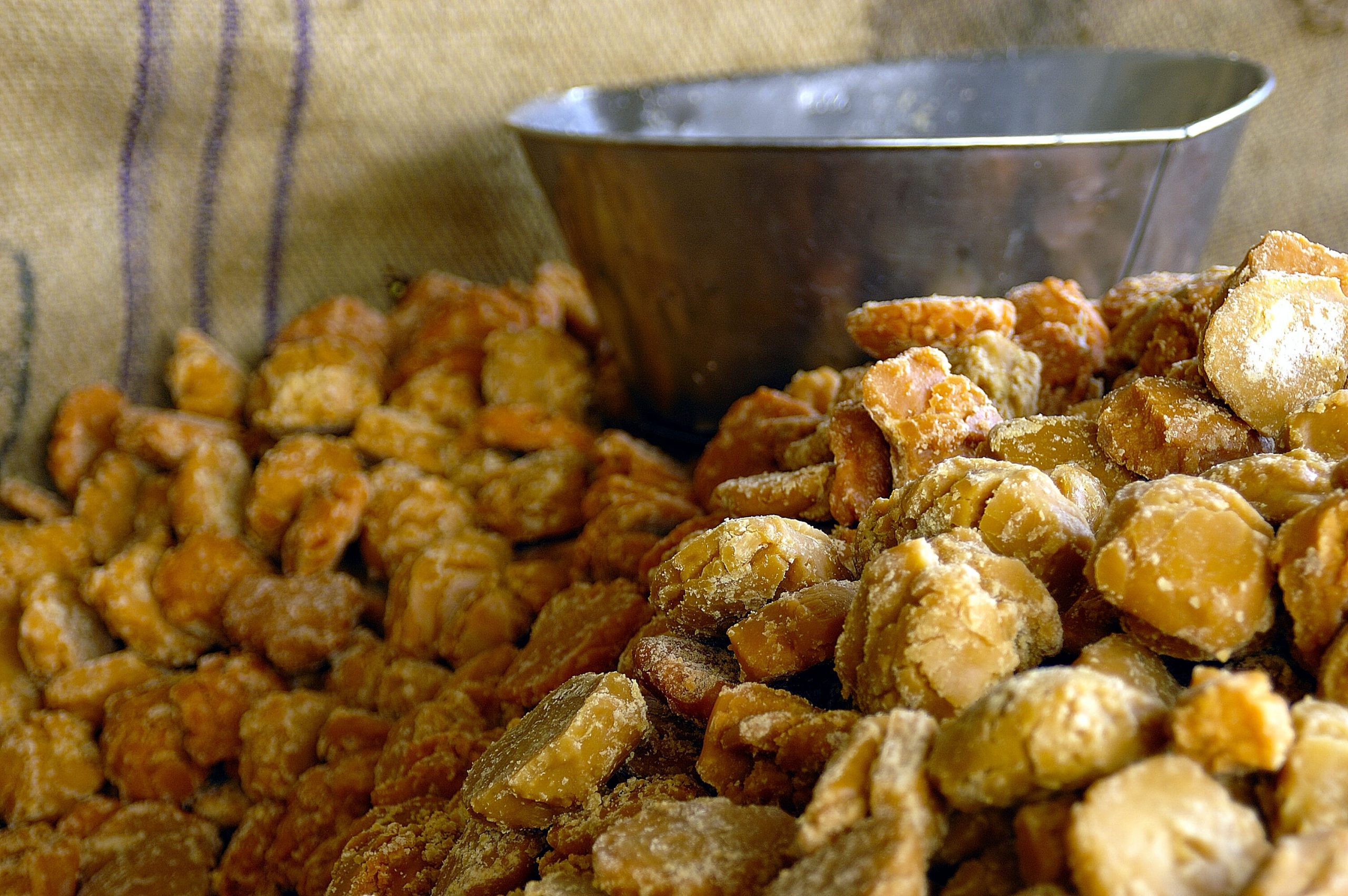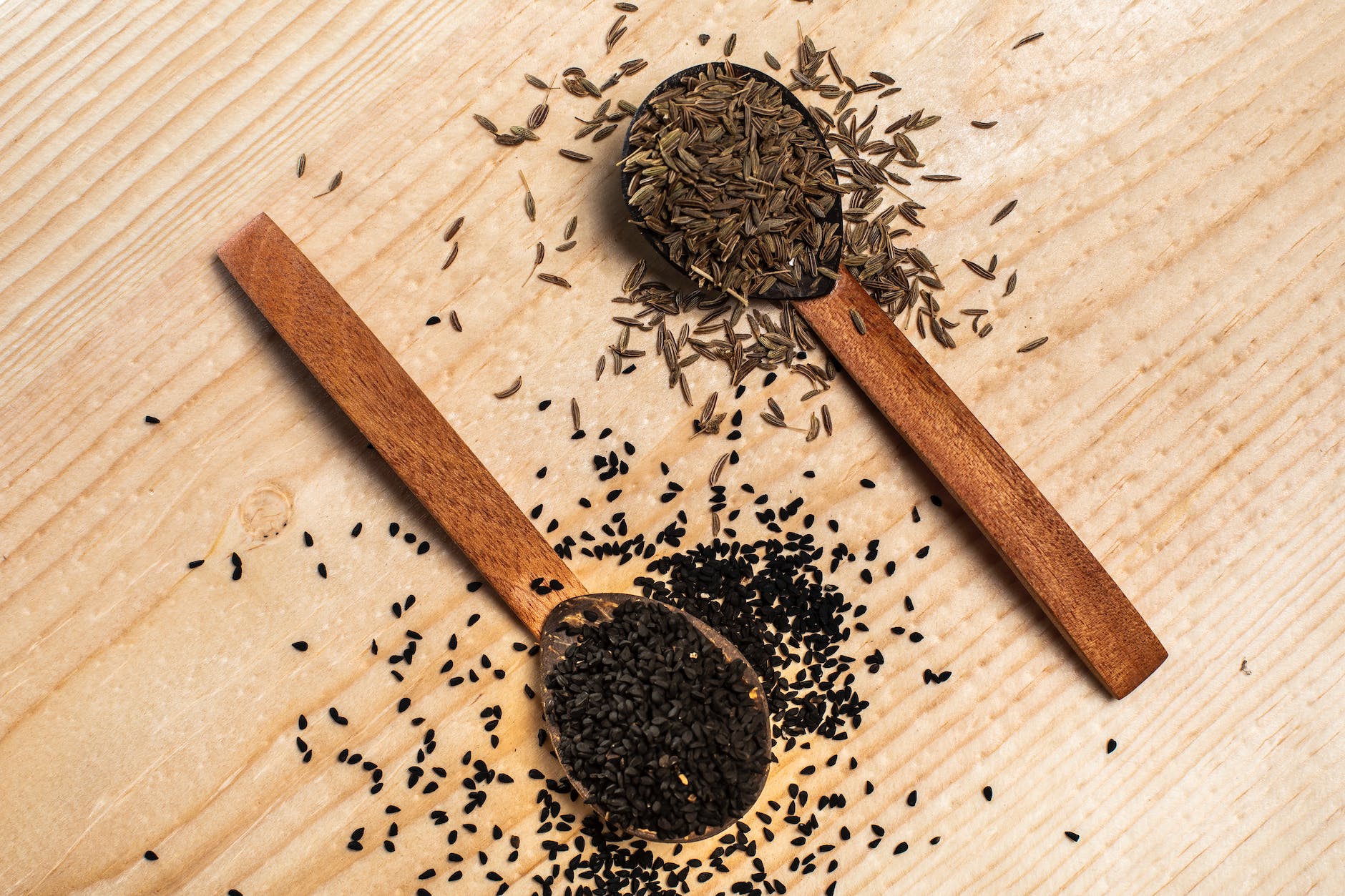
Hey there, keto warriors! Today, we’re going to shed some light on the topic of cornstarch and its compatibility with the ketogenic diet. While cornstarch is a common ingredient used as a thickener in many recipes, its carbohydrate content raises concerns for those following a low-carb lifestyle. Join us as we discuss the potential pitfalls of using cornstarch on your keto journey, explore its nutritional impact, and provide you with alternative thickening options to keep you on track. Let’s dive in and uncover the truth about cornstarch on the keto diet! 🌽🚫
1. High Carbohydrate Content: One of the primary reasons to be cautious with cornstarch on a keto diet is its high carbohydrate content. Cornstarch is made from corn, which is a starchy vegetable rich in carbohydrates. Just one tablespoon of cornstarch contains around 7 grams of net carbs, which can quickly add up and hinder your ability to stay in ketosis. Here’s a breakdown of the macronutrient profile of cornstarch per 100 grams:
- Carbohydrates: 91 grams
- Protein: 0.3 grams
- Fat: 0.1 grams
- Fiber: 0.9 grams
- Calories: 381
2. Blood Sugar Impact: Cornstarch is rapidly absorbed by the body, leading to a quick increase in blood sugar levels. This spike can disrupt ketosis and hinder your progress on the ketogenic diet. Maintaining stable blood sugar levels is essential for achieving and sustaining a state of ketosis. By opting for low-carb thickening alternatives, you can avoid the blood sugar rollercoaster and stay on track with your keto goals.
3. Lack of Nutritional Value: In addition to its high carbohydrate content, cornstarch offers little to no nutritional value. It lacks essential vitamins, minerals, and fiber, which are crucial for overall health and well-being. By choosing alternatives to cornstarch, you can opt for ingredients that provide more nutritional benefits while keeping your carb intake in check.
4. Alternative Thickening Agents: Fortunately, there are several keto-friendly alternatives to cornstarch that can be used as thickeners in your recipes. Here are some low-carb options and their macronutrient profile per 100 grams:
- Xanthan Gum: Carbohydrates: 77 grams, Protein: 3.1 grams, Fat: 0 grams, Fiber: 77 grams, Calories: 300
- Guar Gum: Carbohydrates: 84 grams, Protein: 5 grams, Fat: 0 grams, Fiber: 84 grams, Calories: 329
- Psyllium Husk Powder: Carbohydrates: 0.4 grams, Protein: 0 grams, Fat: 0 grams, Fiber: 88 grams, Calories: 21
These alternatives provide similar thickening properties without the high carbohydrate content of cornstarch. However, it’s important to note that a little goes a long way with these thickeners, so use them sparingly and adjust the quantities based on your desired consistency.
5. Portion Control and Moderation: If you still choose to use cornstarch occasionally, it’s crucial to practice portion control and moderation. Be mindful of the amount you use and the overall carbohydrate content of your meal. This way, you can enjoy the benefits of cornstarch while minimizing its impact on your keto goals. Remember, every gram of carbs counts when it comes to maintaining ketosis.
In Conclusion: Choose Wisely on Your Keto Journey 🌽🚫
While cornstarch may not be the best choice for those following a ketogenic diet, there are plenty of alternatives available that can help you achieve the desired texture and consistency in your dishes. By opting for low-carb thickeners like xanthan gum, guar gum, or psyllium husk powder and being mindful of your carbohydrate intake, you can stay on track with your keto goals while still enjoying delicious, flavorful meals. So, be cautious with cornstarch, explore alternative options, and make informed choices to support your keto journey! 🌱🔥












